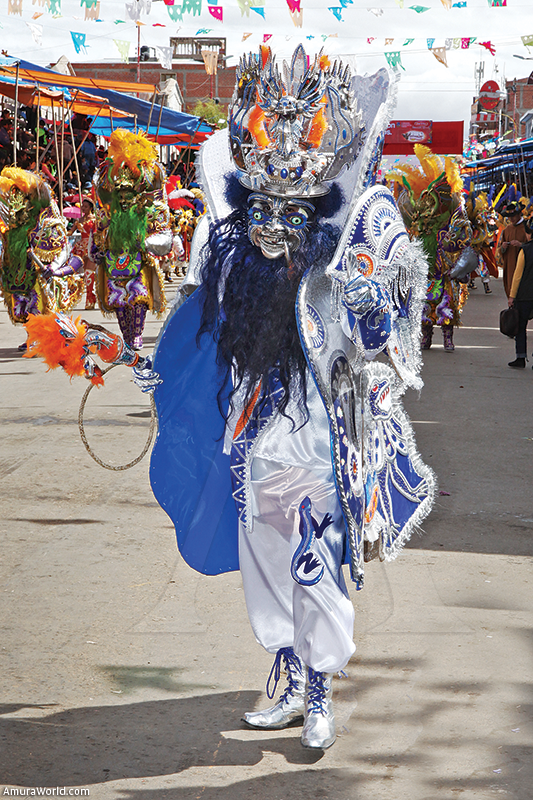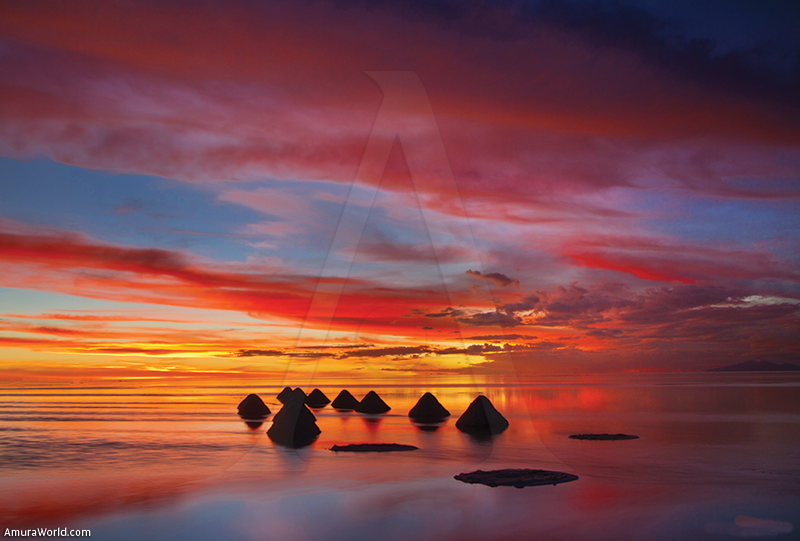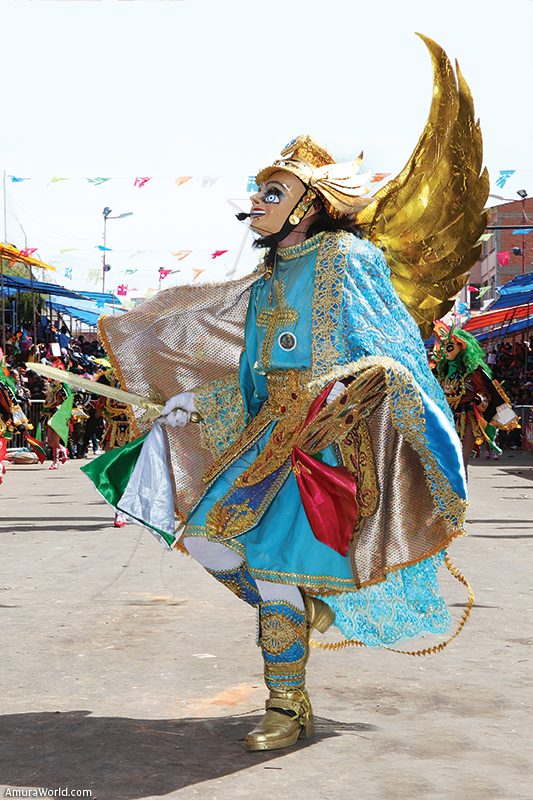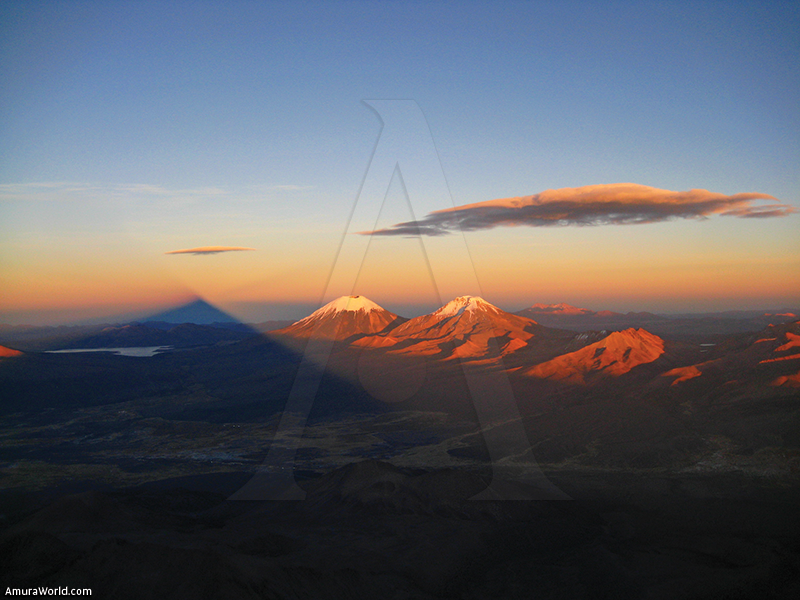{socialbuttons}
A tradition that enriches us all
The Oruro Carnival, which is held in Bolivia, was born from festivities back in the early Christian era. On May 18, 2001, the Carnival was proclaimed “Masterpiece of Oral and Intangible World Heritage” by UNESCO.
The Oruro Carnival is a tradition that has risen to the level of art. It is a festive intercultural fusion manifested through dance, music, parades, processions, folklore and crafts. A party that lasts three days and nights but the memory lives on forever.
Oruro is a silver mining town of some 250,000 people occupying an area less than the corporate district of Santa Fe in Mexico City. It is located midway between the cities of Sucre and La Paz, in the Urus region, in the western part of Bolivia. It is a city full of art which was a pre-Columbian ceremonial and old mining center during the nineteenth and twentieth centuries. The town houses both the Sanctuary of the Lady of the Socabon and an unparalleled natural beauty. In addition to the carnival, the Sanctuary is a place definitely worth visiting. You can also appreciate the works exhibited in the Archaeological Museum, the Mineralogical Museum, the House of Culture and the street of La Paz, where embroiderers concoct an endless variety of colorful, fun and bright vestments of those who parade and dance, llameradas, tinkus, Doctorcitos, everything fits into the explosive Oruro Carnival.
The festival is held in February, and is one of the most artistic expressions of tradition, to the extent that the locals call it “The world’s largest Carnival”. We recognize that Rio, Venice, Tenerife, Barranquilla are best rating carnivals among residents from the rest of the planet, but if joy is what is being measured, this carnival certainly will be among the first. At any rate, this authentic fiesta is nothing less than the joyful spirit of Oruro. The host town, has become one of the biggest events of authentic cultural expression that Latin America has inherited to the world. The city is folklore, full of mysticism, smiles and tradition. This carnival is transformed into an exciting vibrant piece of art parading continuously for twenty hours along a procession four kilometers long. The main event is known as “la entrada “.
During this festive event traditional dances as the Devil, Morenada, the Potolo, Caporales and a number of indigenous and mestizo dances are quite charming. During a series of previous festivals called “Convites”, preparations lead to the creation of true collector’s items such as costumes, masks and Carnival decorations. The artistic event is comprised of more than 28,000 dancers and 10,000 musicians organized in about fifty groups who are responsible for detonating the joy. The Oruro’s Symphony Orchestra is also involved in this celebration, performing music relevant to the festival.
The origins of this living art expression, goes back to the festivities of the Uru people, who considered this place sacred and where people would come from far to celebrate sacred rites as the Gran Fiesta de Ito. After the Spanish conquest, they could continue their ceremonies hidden behind the facade of a Christian liturgy, resulting in a cultural fusion where local crafts masked Andean deities, hidden behind Christian icons. In the same way, the Ito festivities ushered Catholic holidays as La Candelaria, which in turn, created the Oruro Carnival.
Bolivia’s law decides who will organize a carnival every year, It is up to The Association of Folklore, its City Hall and the Oruno Ethnography and Folklore Departmental Committee. The prodigious closing of this great party consists of two theater performances with crucial topics to the religious and Latin American communities; describing the Spanish conquest and the demon’s defeat by the hands of the mighty archangel Michael.
Oruro is “Sister City” Twin City to Lima, Peru, and Salt Lake City in the United States. It is the folklore capital of Bolivia. The city has three TV companies, a local newspaper is published locally and 5 national papers are distributed. It also has a signal which broadcasts 52 radio stations, including local and foreign.
Text: Christopher Montiel ± Photo: Eduardo Suarez Photography/ALTITUD 6000/IAN PARKER




